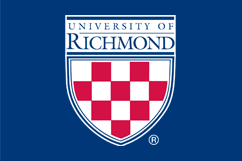Abstract
On April 18, 2012, Virginia Governor Bob McDonnell boosted the Commonwealth's pollution-reduction toolbox with an expanded nutrient trading program when he signed H.B. 176/S.B. 77 into law.' Sparked by the issuance of the Chesapeake Bay Total Maximum Daily Load (the "Bay TMDL"), which updated pollution limits for the Chesapeake Bay and tributaries, and the Virginia Chesapeake Bay TMDL Phase I Watershed Implementation Plan (the "Phase I WIP"),2 the expanded nutrient trading program allows myriad new market participants to generate and sell certified "nutrient credits"3 to others to meet existing limits or to offset new pollution from expansion.4 If the program works as intended, it promises to spur new practices that will help Virginia reach the pollution reduction goals of the Bay TMDL by the 2025 target date' without closing off needed economic growth. Bipartisan support propelled the General Assembly's passage of this legislation, which was crafted to take account of Virginia's experience with its successful existing program6 as well as insights from a diverse group of stakeholders.' Supporters and opponents both agree, however, that sustained rigor on the part of the regulatory bodies' as they develop and enforce implementing regulations will be a crucial factor in determining the success of the initiative as a nutrient reduction tool.
Recommended Citation
Margaret L. Sanner,
Virginia's Expanded Nutrient Trading Law: Will It Help Restore the Chesapeake Bay While Allowing for Growth,
16
Rich. J. L. & Pub. Int.
5
(2012).
Available at:
https://scholarship.richmond.edu/pilr/vol16/iss1/4

